 More of the Music of Judy Collins
More of the Music of Judy Collins
Reviews and Commentaries for the Music of Judy Collins
The first three songs on side one alone are worth the price of the album, three of the best Judy ever recorded.
Joni Mitchell’s Michael from Mountains is one of the best songs on her debut album; Judy sings it with comparable taste and skill.
Since You Asked is Judy’s own composition, her first to be recorded in fact. In this writer’s opinion it’s the best song she ever wrote, “as good as it gets” as we like to say.
And of course Leonard Cohen’s Sisters of Mercy is one of his many masterpieces and brilliant in all respects as performed here.
What to Listen for
Most copies were small and veiled, with edgy, dry vocals that often get hard or shrill when loud — definitely not our sound.
We were surprised that so few copies sounded the way we expected them to, that so few had the Tubey Magical qualities that we’ve come to expect from Elektra in 1967.
The label was home to The Doors and Love at the time, so what happened here?
John Haeny, the engineer, worked on Waiting for the Sun, which is an amazing sounding Doors album on the right pressing. Why so few great sounding Wildflowers?
If that’s a legitimate question to pose, then first answer me this: why so few great sounding copies of Waiting for the Sun?
It’s simple — the 1967 Elektra magic of the tape did not make it to the 1967 Elektra vinyl with any consistency. That’s why it’s hard to find good sounding Judy Collins records or good sounding Doors records. This is our first big Judy Collins shootout for precisely that reason.
We can find great sounding Carly Simon and Joni Mitchell records all day long; the site is full of them. Judy Collins, not so much. Almost none outside of this one.

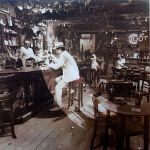
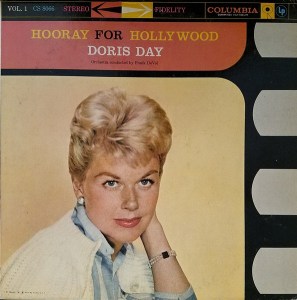

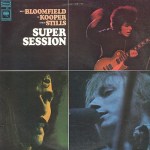
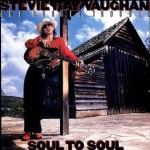

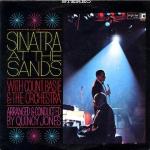 There is some edge on Sinatra’s voice on every side of every copy; it’s so common it’s got to be on the tape. Those copies with less edge and grit on the vocals which are not overly smooth or dull tend to do very well in our shootouts.
There is some edge on Sinatra’s voice on every side of every copy; it’s so common it’s got to be on the tape. Those copies with less edge and grit on the vocals which are not overly smooth or dull tend to do very well in our shootouts.